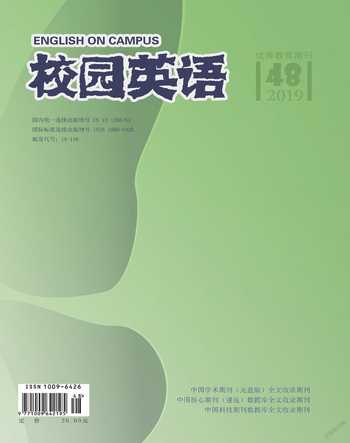牛津译林版七下Unit 4 Finding your way Comic Strip&Welcome案例研究
一、背景描述
Comic Strip & Welcome为每一单元的第一课时,其核心要领是引起学生对本单元话题的兴趣。而本单元的话题为Finding your way,较为贴近现实生活,但对初一学生来说,仍然是个较难的话题,因为其认知结构中,对方位的掌握还是一个较难的点,更何况要将其再加工,轉化为英语的方位关系。但初一学生还处于对一切新知事物的好奇阶段,容易激发兴趣。故本节课可以以旧知导入新知,运用视频、图片、游戏等设置形式多样的活动。
二、具体的案例——教学设计
Teaching objectives:
Knowledge aims: At the end of the class,
1.the students will know some icons about places and traffic.
2.the students will be able to talk about traveling and transportation.
3.the students will be able to identify directions
Skill aims: At the end of the class,
1.the students’ listening ability will be improved.
2.the students’ speaking ability will be improved.
3.the students’ reading ability will be improved.
Teaching Key points:
1.Talk about positional relations between places freely and correctly.
2.Plan a day out skillfully, including location, distance and ways of transport.
Teaching Difficult point:
Organize a day out for others carefully and thoughtfully.
Design of Teaching Procedures:
Step 1: Lead in with a video about different places of interest in their hometown Huai’an
Teacher plays some sounds of different animals, and the students guess which season they are about. The students answer “Spring”.
Step 2: Presentation with a map of Huai’an and the location of the five places of interest
Teacher shows a map of Huai’an and asks the students to find the location of the five places of interest in the map. Then the teacher asks how they know it so as to lead in the eight directions (North, South, West, East, North-west, North-east, South-east, South-west). Here we can use a Pair Work to drill the location between different places. That is, the teacher tells the students where our school is and the students talk about the positional relation between our school and the five places of interest with the help of a given sentence pattern.
Step 3: Consolidate the eight directions by playing a Quick answer game
The students play a quick answer game: Different directions appear and disappear on the screen quickly, and the students just stand up and give his or her answers quickly.
Step 4: Finish Part A on Page43 by speaking and listening
1.Teacher says: The students at SMS are also planning a day out. But first we need to know what’s around the school(2,1,6,7).
2.Teacher says: There are also some places missing(3,4,5,8). Please listen to a listening material and find the other places. I add this listening material mainly to drill the sentence pattern as well as to improve the students’ listening ability.
Step 5: Finish Part B on Page43 with the four questions and a further thinking
The students are asked to find out the answers to the four questions they summarized. Then, with the help of the teacher, the students will find that how to plan a class trip means what to do before a trip. The teacher will then ask the students how to behave themselves during a trip.
Step 6: Finish Comic strip on Page42 by reading with emotion and acting
The teacher present the first picture of the comic strip and ask the students to guess: Can Eddie read the map? Whatever the answers, the teacher can give the students some encouragement.
Step 7: Further thinking
Eddie don’t know how to read a map, but we know, right? However, how to read an e-map? The teacher present a picture.(Starting place; destination; How; How far; How long)
Step 8: Homework
Plan a class trip for ourselves.
三、案例分析
本教學设计在导入环节设置了声音导入以及视频导入,其目的就是以语境的形式先扫除新授课中的生词障碍。之所以预先设置声音导入,主要想让学生感受一下春天里的各种声音,由声音学生会联想到春天各种生机勃勃的画面,从而导出go on a trip这个话题,进而自然而然地过渡到我们的家乡---淮安的一些风景名胜。学生对此话题非常感兴趣,且有话可说。紧接着,向学生呈现一幅淮安的旅游图,要求学生把视频中出现的淮安的五大景点,在地图上标出来。其本来的目的是在学生标出各个景点之后,引导他们说出其判断的根据为directions,从而导出本节课的第一个重点知识——八个方向。
【作者简介】汤芳,扬州大学外国语学院。

